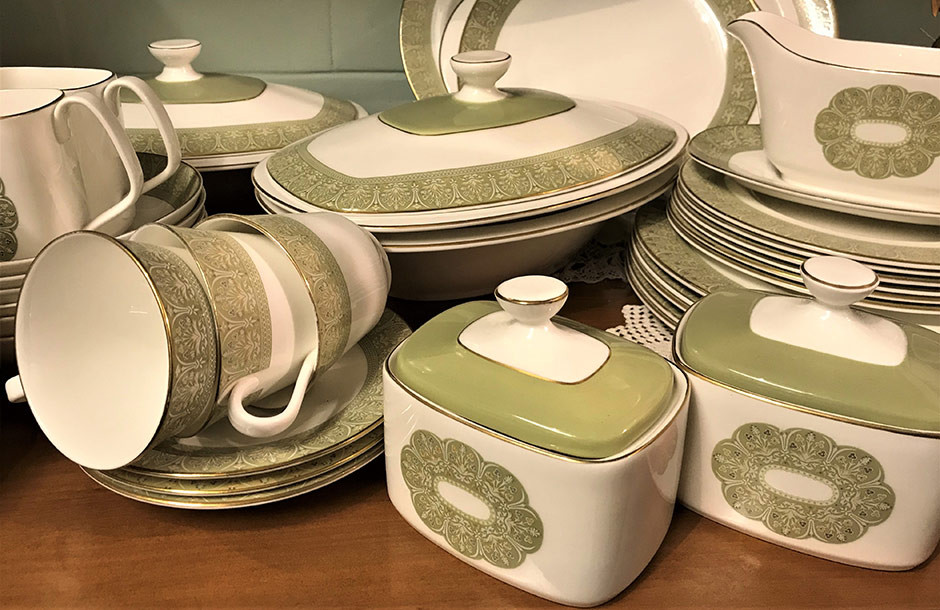
From early Chinese porcelain to Royal Doulton antiques, no area of collecting offers a range quite as wide or varied as antique pottery. Much of it stems from the 20th century, or quite often you’ll find a late-Victorian piece for sale. Though ceramics were made as far back as the 8th century in China (they didn’t reach Europe until around 1600) they don’t need to be as old as that to attract big values. Pottery from the 19th century such as Wedgwood or antique Royal Doulton attracts collectors in masses. Others are drawn to Chantilly-made soft-paste porcelain from the 18th century.
What really sets collectors brains ticking and hearts alight is the research involved in learning how to identify antique pottery. Whether you’re browsing an antique centre such as Hemswell Antiques or bidding at an auction house, knowing as much as you can about ceramics will help you recognise materials, manufacturing methods and styles of decoration. Bookmark the following tips on how to identify antique pottery and you’ll quickly tell a copy or forgery and start making smart investments from your knowledge.
How to identify antique pottery
Shape, decoration and glaze: the holy trio of pottery identification. That’s after you’ve figured out the material used and technique applied to create an antique ceramic. Here are some questions to ask when figuring out how to identify antique pottery.
1. What is the body made out of?
There are three types of ceramic bodies to be aware of: coarse earthenware, even harder stoneware and delicate, fine-grained porcelain. A few factors to look out for when figuring out how to identify antique pottery are the weight of the piece, its translucency or resonance. It’s easier to figure out the body if the piece is chipped - simply run your finger along the fracture to identify how hard the grain is.
2. How was the piece made?
The oldest pottery was made by hand - pinched and coiled wet lumps of clay that eventually became small objects or weighty terracotta pots. Clay-throwing came later and there are a few ways to work out how to identify antique pottery from the wheel. From the way the piece was cut from the wheel to the way it was finished and cleaned (different potters had different ideas on how to clean antique pottery), a little detective work can tell you a lot about a piece.
3. What kind of glaze/decoration does the piece have?
Is the surface of the pottery even or bubbly or cracked? What’s the exact colour tone? Is it shiny or matte? Hard or soft? These are all important factors to pay attention to when learning how to identify antique pottery. For example, delftware (a distinct type of European pottery) can be identified from its opaque glaze, which forms a lovely white background ready for decorating.
Where to find antique pottery
You’ll find antique ceramics everywhere from car boot sales to charity shops, auctions to antique centres. A quick-thinking art student once bought a Hans Coper stoneware dish for £1.50 at a car boot sale, which sold at auction in 1989 for £20,900. Another lucky find was a set of rare Royal Doulton antiques: the ‘Bunnykins’ figures from 1939 were bought for £4.60 and resold in 1992 for almost £4,000.
It’s always a joy scouting through our brilliant selection of antique pottery: from early Oriental ceramics to antique Royal Doulton, there’s always something that piques excitement in collectors and lovers of ceramics alike. Browse our affordable, top-quality antiques online or visit our centres to explore them at your leisure.